Posts Tagged "congestion"
Ask USDOT to #MakeMeCount this Bike to Work Day

This Friday, thousands of people across the country will put on their helmets and take to the streets for National Bike to Work Day, an annual event promoting active commuting options and safer streets. Will you be joining the event this week? If so, make your ride even more impactful by telling USDOT to #MakeMeCount when it comes to measuring how well a street works.
When it comes to traffic congestion, we need to measure more than just vehicles
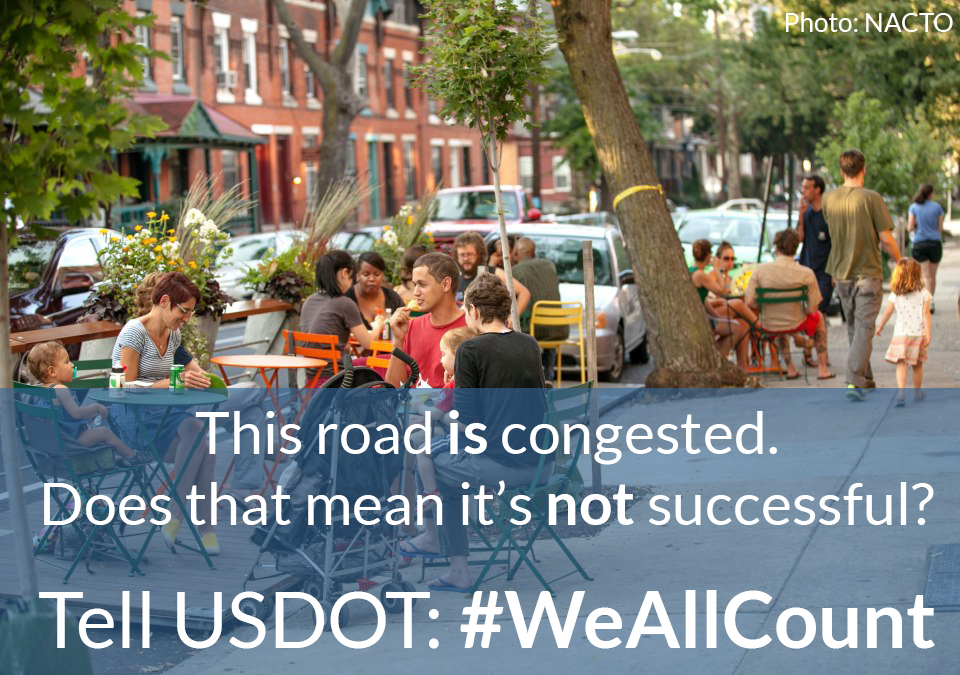
Last week, USDOT issued a draft rule that will govern how states and metro areas will have to measure and address congestion, along with other metrics like freight movement and emissions. However, the rule as it is currently written would measure success in outdated ways. Old measures leads to old “solutions,” like prioritizing fast driving speeds above all other modes of transportation and their associated benefits.
Join us as we break down FHWA’s most recent rulemaking on measuring traffic congestion
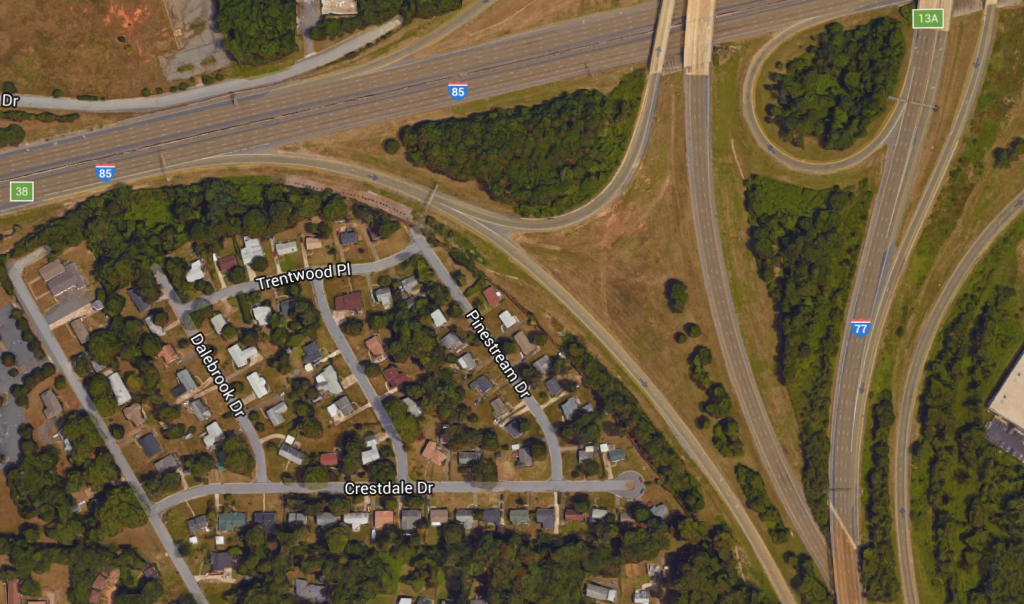
Do you want a transportation system that makes you count? Join Transportation for America for a free, public webinar on Wednesday, April 27 at 1:00 p.m. EST to discuss the recently announced Federal Highway Administration (FHWA) national transportation performance rulemaking on measuring traffic congestion and its implications for communities nationwide.
Ten things to know about USDOT’s new proposal for measuring traffic congestion
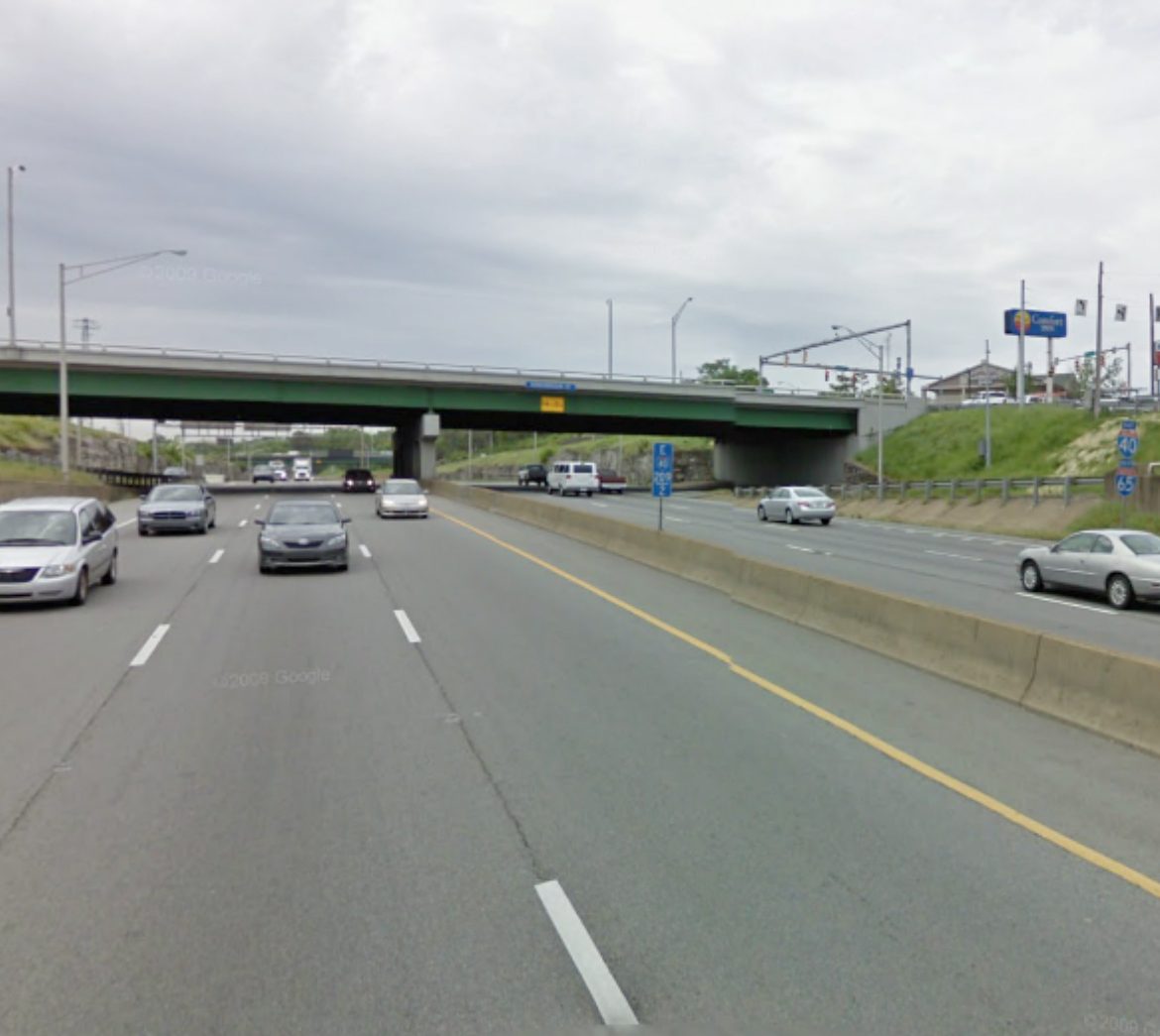
For the first time, USDOT has released new requirements for how states and metro areas will have to measure traffic congestion. While the new rule marks a continued, necessary shift to assessing what our federal transportation dollars actually accomplish, this proposal as introduced doubles down on outdated measures of congestion that will push local communities to spend billions of dollars in vain attempts to build their way out of it.
Breaking news: USDOT releases draft rule for measuring congestion

A new federal proposal governing how states and metro areas will be required to measure congestion was just released early today. Our brief analysis finds that though there’s potential for improvement with how the rule is worded, it would still push local communities to waste time and money attempting to build their way out of congestion by using a measure of traffic congestion that’s narrow, limited and woefully out of date.
Will pending federal transportation rule double down on outdated view of congestion?
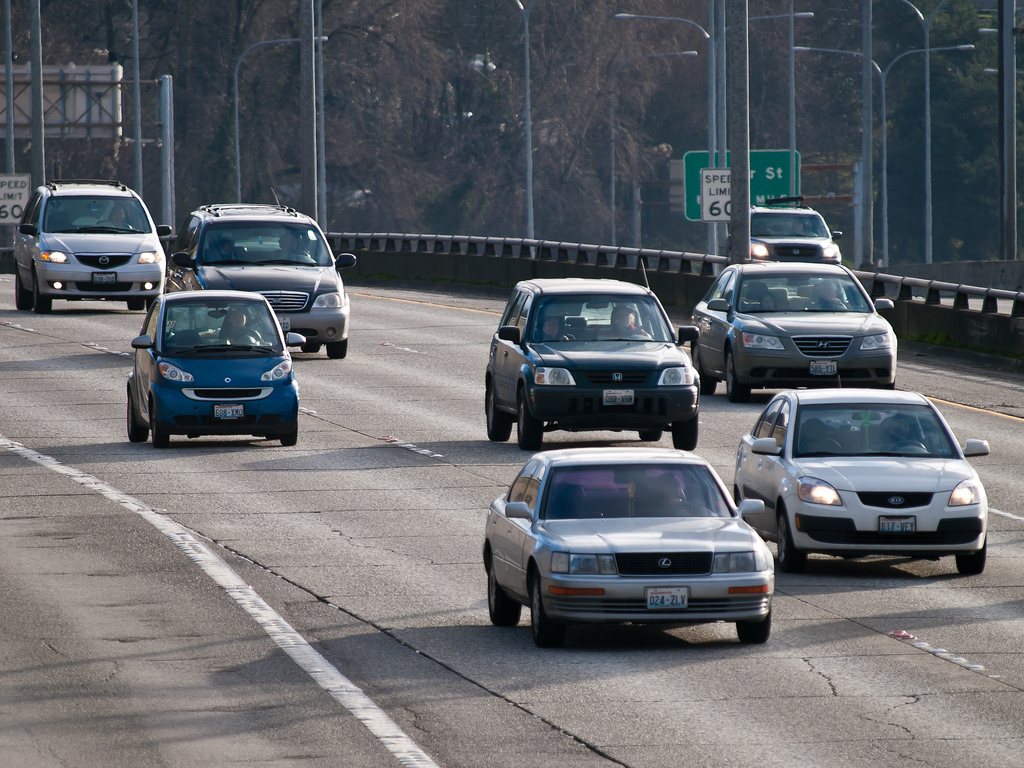
USDOT is on the cusp of releasing crucial directions for how states and metro areas will have to measure traffic congestion. The new rule could push local communities to try in vain to build their way out of congestion, or mark a shift toward smarter approaches like shortening trip times, rewarding communities that provide more options or better accounting for other travel modes and telecommuting.
New traffic congestion report raises more questions than it answers

Most people sitting behind the wheel each day won’t be surprised by the findings of the latest edition of the Texas Transportation Institute’s report on urban congestion that shows, once again, that (surprise!) the roads in most major American cities are very congested during rush hour each day. The report’s methodology is flawed, but what really matters most is what policymakers and citizens decide to do about congestion in their communities.
The USDOT listened, and we thanked them for it — 1,100 times

Last Friday, with help from many of you, we delivered almost 1,100 ‘thank you’ letters to the U.S. Department of Transportation for writing strong rules to hold states accountable for the condition of their roads and bridges.
Hold states accountable for repairing roads and bridges – send a letter to USDOT
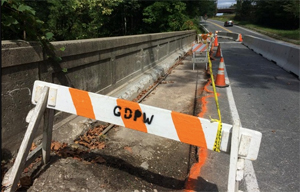
The U.S. Department of Transportation is in the process of writing new rules to hold states accountable for the condition of their roads and bridges. USDOT’s strong first draft rule was a step in the right direction, and we want to thank them — and ensure they don’t bow to pressure to soften these requirements.
Credit where it’s due: With repair rule, the feds listened to public comment

In developing new standards for ensuring our roads and bridges are kept in good condition, officials at the U.S. DOT did something skeptics would find surprising: They really listened to public comment, and reflected it in the newly released rule.
UPS chief and other business leaders urge Congress to pass a bill that helps both commuters and freight
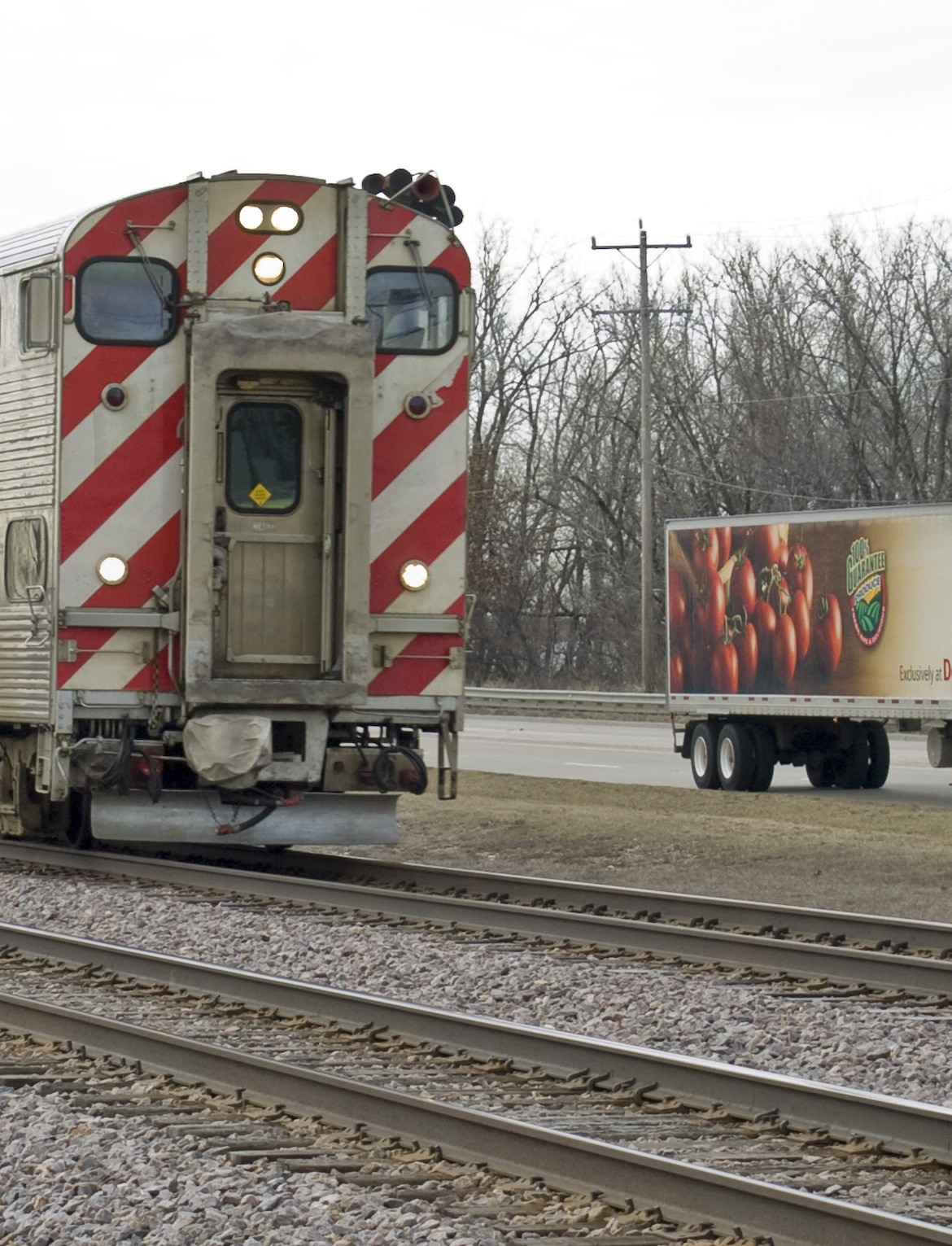
An editorial from the head of one of the world’s most important freight companies — based in the city where we hosted a policy breakfast on the same issue two weeks ago — puts a bright line under the importance of Congress updating our country’s outmoded freight policy in the next federal transportation authorization.
Congestion rankings make news, but what do they really mean? Very little for most residents
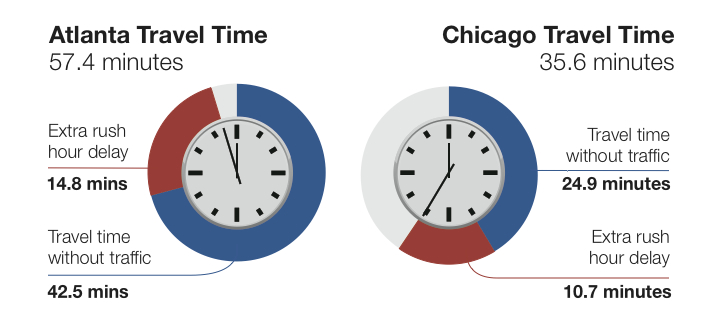
The Texas Transportation Institute always garners a flurry of headlines with the release of the annual Urban Mobility Report and its Travel Time Index (TTI), which purports to rank metro areas by congestion. Oft-cited and interesting though they may be, however, the rankings don’t really say much about the lives of the people who live in those places.
Telling only half the story of congestion, travel time and the quality of our metro areas
A popular study on traffic and congestion in our metropolitan areas is widely cited by the national, state and local media with every annual release, but it doesn’t tell the entire story. Far from it. That’s because measuring congestion while ignoring the actual time and distance spent commuting is a poor measure of what residents’ actually experience on a day-to-day basis.
Debunking the congestion index used to justify the policies that keep us stuck in traffic
 The cycle is familiar by now. A study tells us what we all know: our roads are congested. We pour billions into new roads and lanes to “reduce congestion.” Then the study comes out two years later and just as before, our roads are still congested. There’s a call for new roads, new roads open up, we drive further and further and congestion goes up. But a significant new report from CEOs for Cities suggests that there’s a fundamental flaw in that study.
The cycle is familiar by now. A study tells us what we all know: our roads are congested. We pour billions into new roads and lanes to “reduce congestion.” Then the study comes out two years later and just as before, our roads are still congested. There’s a call for new roads, new roads open up, we drive further and further and congestion goes up. But a significant new report from CEOs for Cities suggests that there’s a fundamental flaw in that study.
IBM imagines a smarter planet with smarter transportation
“The systemic nature of urban transportation is also the key to its solution. We need to stop focusing only on pieces of the problem: adding a new bridge, widening a road, putting up signs, establishing commuter lanes, encouraging carpooling or deploying traffic copters. Instead, we need to look at relationships across the entire system—and all […]
Driving down in 2008, congestion down much more
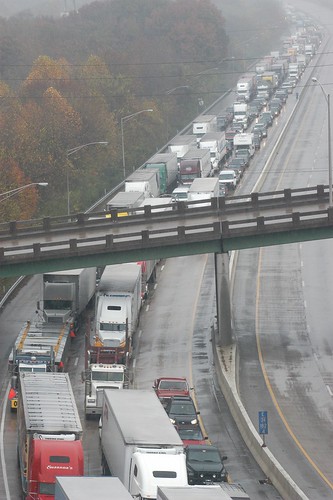 Due to the impact of high gas prices, the economic slowdown, and a growing preference for public transportation and other options for getting around, congestion was down in 2008 over 2007, marking the first two-year decrease in congestion since the Texas Transportation Institute began keeping track in 1982. Today, TTI released their bi-annual Urban Mobility Report today on the state of congestion and traffic in the U.S.
Due to the impact of high gas prices, the economic slowdown, and a growing preference for public transportation and other options for getting around, congestion was down in 2008 over 2007, marking the first two-year decrease in congestion since the Texas Transportation Institute began keeping track in 1982. Today, TTI released their bi-annual Urban Mobility Report today on the state of congestion and traffic in the U.S.
A day of air travel over North America, and what it means for rail
 From Wired Magazine via Aaron of Streetsblog comes this amazing map and video that shows a day of air travel over North America. Using data from the Federal Aviation Administration and a service called FlightView that tracks airline travel each day, Artist Aaron Koblin created this Google map that shows 24 hours of airline travel on August 12, 2008. What does this have to do with rail travel?
From Wired Magazine via Aaron of Streetsblog comes this amazing map and video that shows a day of air travel over North America. Using data from the Federal Aviation Administration and a service called FlightView that tracks airline travel each day, Artist Aaron Koblin created this Google map that shows 24 hours of airline travel on August 12, 2008. What does this have to do with rail travel?



















